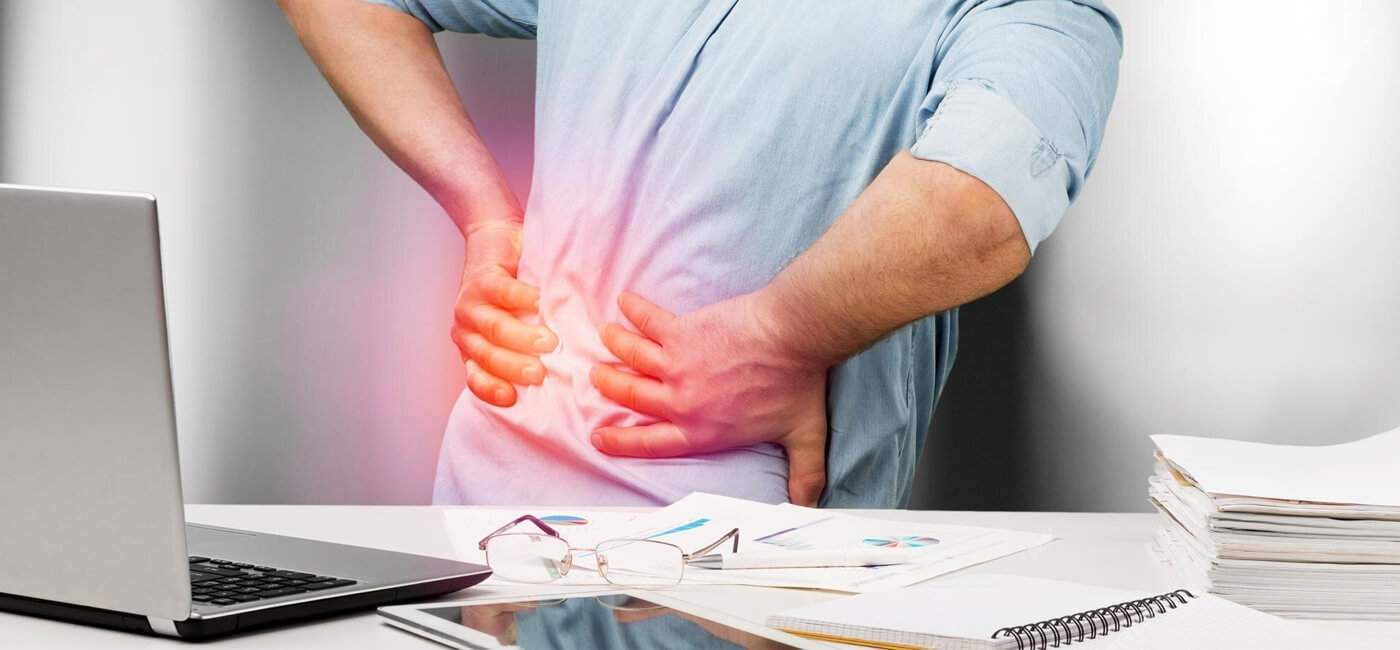Ayurveda offers several specialized therapies that effectively address inflammation, reduce pain and swelling, and improve joint mobility. Here are some key Ayurvedic therapies for these purposes:
1. Panchakarma Therapy:
- Description: Panchakarma is a comprehensive detoxification and rejuvenation therapy that involves a series of cleansing procedures.
- Benefits: Helps to eliminate toxins, reduce inflammation, and improve overall joint health.
- Therapies Involved: Includes treatments such as Abhyanga (warm oil massage), Swedana (herbal steam therapy), Basti (herbal enema), and Nasya (nasal administration of medicated oils).
2. Abhyanga (Ayurvedic Massage):
- Description: Abhyanga is a traditional Ayurvedic full-body massage performed using warm medicated oils.a
- Benefits: Reduces inflammation, relieves pain, improves circulation, and enhances joint mobility.
- Focus Areas: Special attention is given to massaging the affected joints and areas of inflammation.
3. Janu Vasti (Knee Therapy):
- Description: Janu Vasti is a specialized Ayurvedic therapy for knee pain and stiffness.
- Procedure: A dough ring is placed around the knee joint, and warm medicated oil is poured and retained within the ring for a specific duration.
- Benefits: Helps to reduce inflammation, lubricate the knee joint, relieve pain, and improve mobility.
4. Patra Pinda Sweda (Leaf Bundle Massage):
- Description: Patra Pinda Sweda is similar to Pinda Sweda but uses bundles of fresh medicinal leaves instead of rice.
- Benefits: Provides deep relaxation, reduces inflammation, relieves pain, and improves joint mobility.
- Commonly Used Leaves: Neem, Castor, and Vata leaves are commonly used for their anti-inflammatory properties.
5. Dhanyamla Dhara (Herbal Fermented Liquid Pouring):
- Description: Dhanyamla Dhara involves pouring medicated fermented liquid over the affected area.
- Benefits: Helps to reduce inflammation, alleviate pain, improve joint mobility, and promote healing.
- Common Ingredients: The liquid is often prepared using cereals, herbs, and spices with anti-inflammatory properties.
6. Yoga and Pranayama (Breathing Exercises):
- Description: Yoga and Pranayama are integral components of Ayurvedic therapy, focusing on physical postures and breathing exercises.
- Benefits: Helps to reduce inflammation, alleviate pain, improve flexibility, and promote overall well-being.
- Recommended Practices: Gentle yoga poses and specific breathing techniques are recommended to support joint health and mobility.
These Ayurvedic therapies, when used in combination with dietary and lifestyle modifications, can effectively heal inflammation, reduce pain and swelling, and improve the mobility of joints. It’s essential to consult with a qualified Ayurvedic practitioner to determine the most suitable therapies based on individual needs and conditions.




